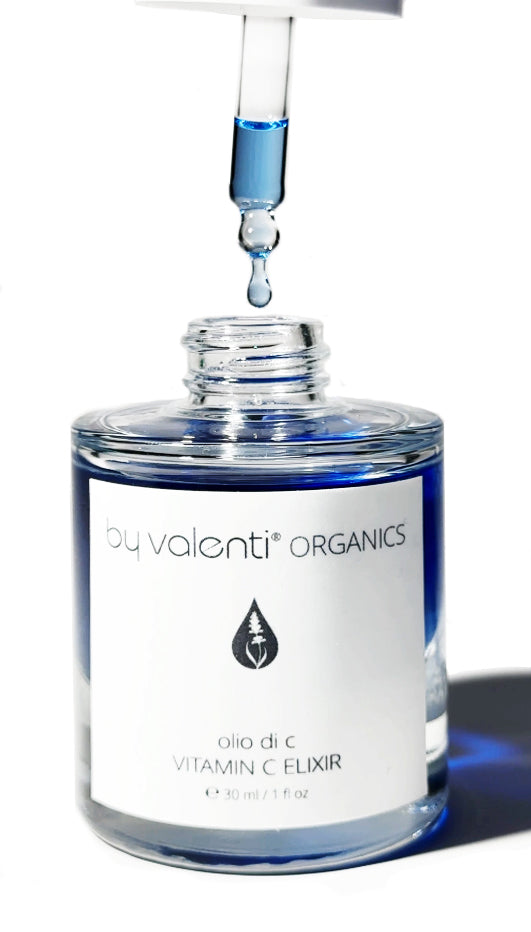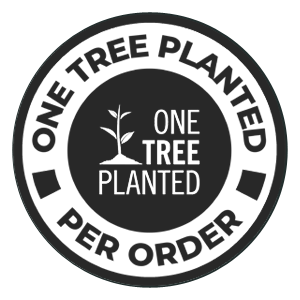Retinol (Vitamin A1)
Manuela ValentiShare
Common Name
Retinol (Vitamin A1)
INCI
Retinol
Extraction or Production Process
Retinol can be naturally derived from animal sources or synthetically produced for stability and formulation purposes.
Natural Extraction:
- Derived from animal liver, dairy products, and fish oils.
- Requires purification and stabilization before use in cosmetics.
Synthetic Production:
- Created from beta-carotene (pro-vitamin A) in plants via chemical conversion.
- This form is commonly used in vegan and lab-created formulations
Sources
- Naturally found in:
- Animal sources: Liver, dairy, and fish
-
Plant-based precursors: Carotenoids (beta-carotene) from carrots, sweet potatoes, and leafy greens
- Commercially synthesized for:
-
- Pharmaceutical and dermatological applications
- Over-the-counter skincare formulations
Country of Origin
Retinol is commercially produced in North America, Europe, and Asia, primarily for use in:
- Anti-aging skincare formulations
- Prescription dermatology treatments
- Dietary supplements
Function
- Precursor to Retinoic Acid: Must convert to retinaldehyde, then retinoic acid to exert biological effects.
- Promotes Cell Turnover: Accelerates exfoliation, helping to even out skin tone and reduce hyperpigmentation.
- Collagen Synthesis: Boosts fibroblast activity, enhancing skin elasticity and firmness.
Properties
- Moderate Potency: Requires two enzymatic steps to convert into active retinoic acid.
- Highly Unstable: Degrades quickly when exposed to light and oxygen.
- More Effective Than Retinyl Esters: Delivers faster results than retinyl palmitate or retinyl acetate but is less potent than retinaldehyde or retinoic acid.
Enzymatic Conversion to Retinoic Acid
Retinol itself is not biologically active and must undergo enzymatic conversion in the skin before becoming Retinoic Acid, the active form that binds to retinoic acid receptors (RARs) and stimulates cellular renewal and collagen production.
Step-by-Step Conversion Pathway:
- Oxidation (Retinol Dehydrogenase Enzyme - RDH):
- Retinol (C20H30O) → Retinaldehyde (C20H28O)
- This step occurs in keratinocytes (skin cells) and is catalyzed by retinol dehydrogenase (RDH) enzymes.
- Final Oxidation (Retinaldehyde Dehydrogenase Enzyme - RALDH):
- Retinaldehyde (C20H28O) → Retinoic Acid (C20H28O2)
- This step is catalyzed by retinaldehyde dehydrogenase (RALDH) enzymes, converting retinaldehyde into its active form.
Since retinol requires two enzymatic conversions to become active retinoic acid, it is more effective than retinyl esters but less potent than retinaldehyde or prescription tretinoin.
Benefits
- Reduces fine lines, wrinkles, and sun damage.
- Improves hyperpigmentation and uneven skin tone.
- Encourages smoother skin texture by increasing cell turnover.
- Less irritating than tretinoin (retinoic acid) but still highly effective.
Contraindications and Precautions
- Can cause irritation, dryness, and peeling, especially when first introduced.
- Photosensitive—always use broad-spectrum sunscreen when using retinol.
- Not recommended during pregnancy due to teratogenic risks.
- Highly unstable—must be stored in opaque, airtight packaging to prevent degradation.








